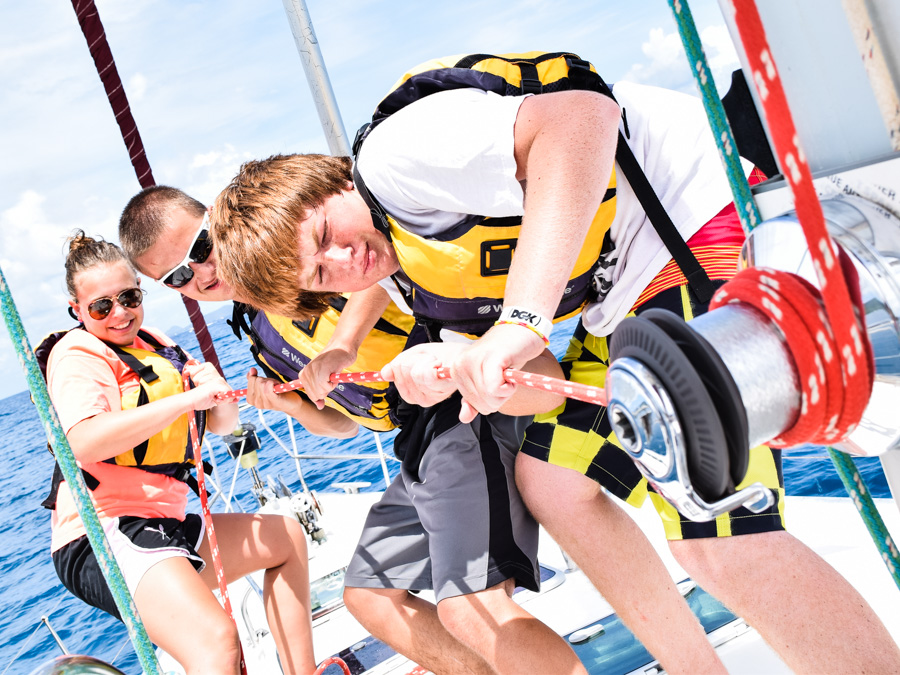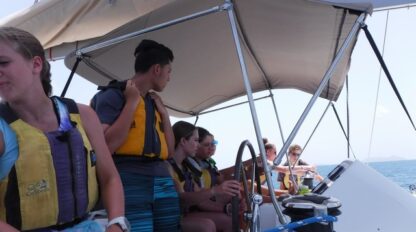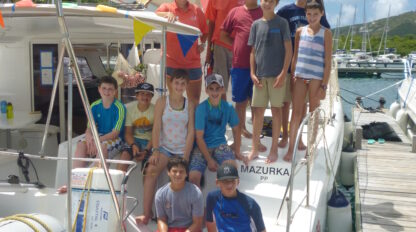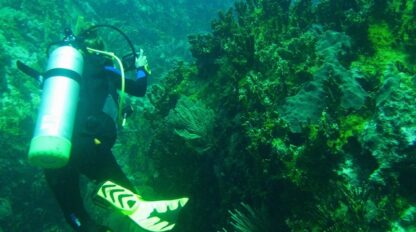Summer Adventures in Sailing & Island Exploration

By: Emma Deegan
Come and experience the Caribbean culture first hand on one of our adventure camps. Both our advanced sailing and college leadership programs visit St Maarten (Dutch and French), Tintamarre (French), Saint Barths (French), Ile Fourche (French) and Saba (Dutch). Each of these islands are different and they all have their own unique aspects to explore. From St Barths fashionable chic to Saba’s high reaching volcanic peaks the Leeward islands are definitely worth a visit.
Follow in the footsteps of pirates!!!
Spanish ships returning from the New World were targeted by pirates and others who were envious of their great hauls of gold, silver and other riches. To protect themselves they used the islands as bases and fortified harbours with cannons and military. Piracy was made legal by other governments such as Britain and France because they wanted to claim riches for themselves. When these privateering ships returned to Europe from the Caribbean full of treasures the Europeans were inspired to explore this New World themselves. Saint Kitts was the first island to be settled in 1620 by the British. The French and Dutch then followed and colonies were formed.
These new settlers did not have an easy time of it though. They were not used to the climate in the Caribbean, they died of disease and had problems adapting to the heat. They also struggled to grow food on the land and for this reason imported some foods. They looked to highly profitable crops such as sugar cane. In order to work the sugar cane farms the settlers needed more people to work them. They solved the problem by hiring indentured servants. These people came mostly from Europe and would work for an agreed length of time. When their service time expired they would receive a piece of land and some money. The problem was that this was inefficient as the servants died before their time was up.
And so slavery came about. The Europeans believed that African slaves would be able to withstand the heat and harsh work conditions on the farms. They worked with African kings to capture people and take them to the Caribbean. By beginning the transport of slaves to the Caribbean the Europeans also established trade routes across the Atlantic. The ships that brought the slaves from Africa would return full of goods. With the slaves working on the plantations the Caribbean Islands prospered, producing sugar.
With the slave trade came a mixing of cultures and the Caribbean islands as a result have a distinctive culture. Spanish, Dutch, French and English are all official languages throughout the Caribbean but there are also various dialects. The mixture of African and European music has also resulted in some distinct results on The Caribbean islands such as Calypso and Reggae.
A visit to the Caribbean islands is truly a one of a kind experience!


